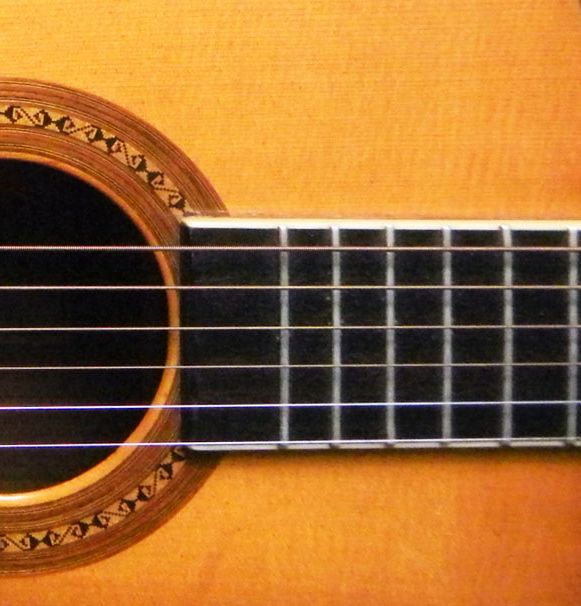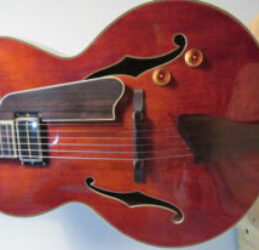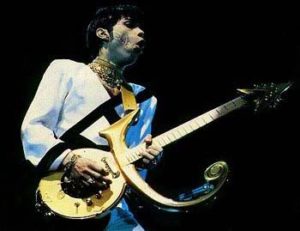Virtuoso Egberto Gismonti’s guitaristic approach stems from both the precision associated with classical guitar and the exploration linked to blues, jazz and rock. Thus, Gismonti says he was influenced in his adolescence by Django Reinhardt and Jimi Hendrix, while he rode the wave of bossa nova following Baden Powell. He gradually integrated pianistic gestures that pushed him to adopt the eight-string guitar, then the ten-string guitar, on which he plays with all ten fingers, like on a keyboard. This playing’s original versatility serves both his solo performance and his international encounters with symphonic or chamber orchestras. His performance with the ensemble I Musici at the Montreal International Jazz Festival in 2010, where he notably performed his “Dança dos escravos”, left an unforgettable memory. The late Yuri Turovsky, founder and conductor of I Musici, then praised in a few words Gismonti’s successful alliance of classical and popular forms: “music is music!”
Brazilian of Lebanese-Sicilian origin, Egberto Gismonti alternates between piano and guitar. He deploys on the latter his insatiable quest for new sounds, whether they come from the works of his compatriot Heitor Villa-Lobos or the French impressionists, especially Maurice Ravel. He began studying classical music as a child, learning piano with Jacques Klein and Aurélio Silveira, before playing his own compositions in concert. While his first works received a warm welcome, he toured Europe, participated in festivals, and recorded in France, Italy and Germany. In 1969, he studied composition in Paris with Jean Baraqué, a disciple of Arnold Schoenberg and Anton Webern, as well as with the famous Nadia Boulanger. She advised him to return to Brazil and draw from the sources of its immense culture. Settled in Teresópolis near Rio de Janeiro in 1971, Gismonti then embarked on a fertile approach of multiple collaborations and inventions, notably with Nana Vasconcelos, Hermeto Pascoal, Flora Purim, Aito Mureira, Jan Gabarek and Charlie Haden. Later, he collaborated with his children Alexandre and Bianca, who also have become composers and virtuoso instrumentalists.


 Over the years, the musical instrument that has ruled over the masses is the guitar. From swinging and swaying along a soft rhythm, to the fast paced swag, it has caught many of us spell-bounded. We try to follow in the footsteps of our heroes like Jimi Hendrix, Tommy Emmanuel, Bonnie Raitt or Prince, dedicating hours of practice and hundreds of dollars to learn the art of playing guitar, but more often than not we fail miserably.
Over the years, the musical instrument that has ruled over the masses is the guitar. From swinging and swaying along a soft rhythm, to the fast paced swag, it has caught many of us spell-bounded. We try to follow in the footsteps of our heroes like Jimi Hendrix, Tommy Emmanuel, Bonnie Raitt or Prince, dedicating hours of practice and hundreds of dollars to learn the art of playing guitar, but more often than not we fail miserably.